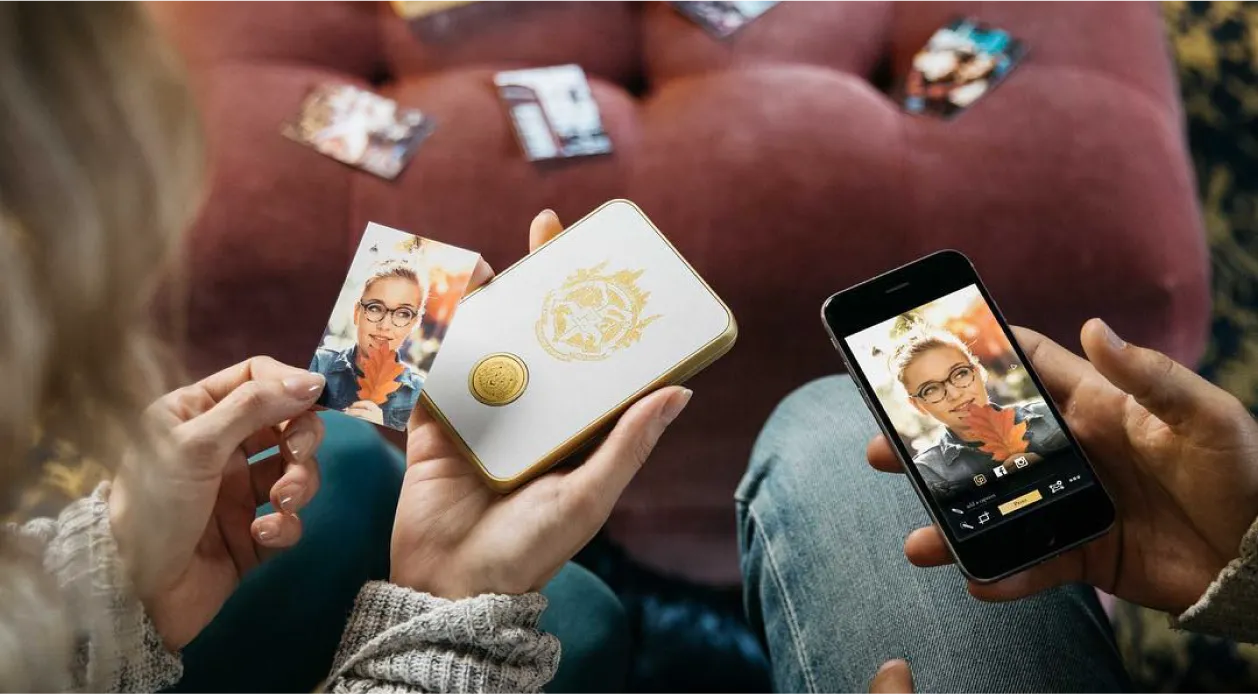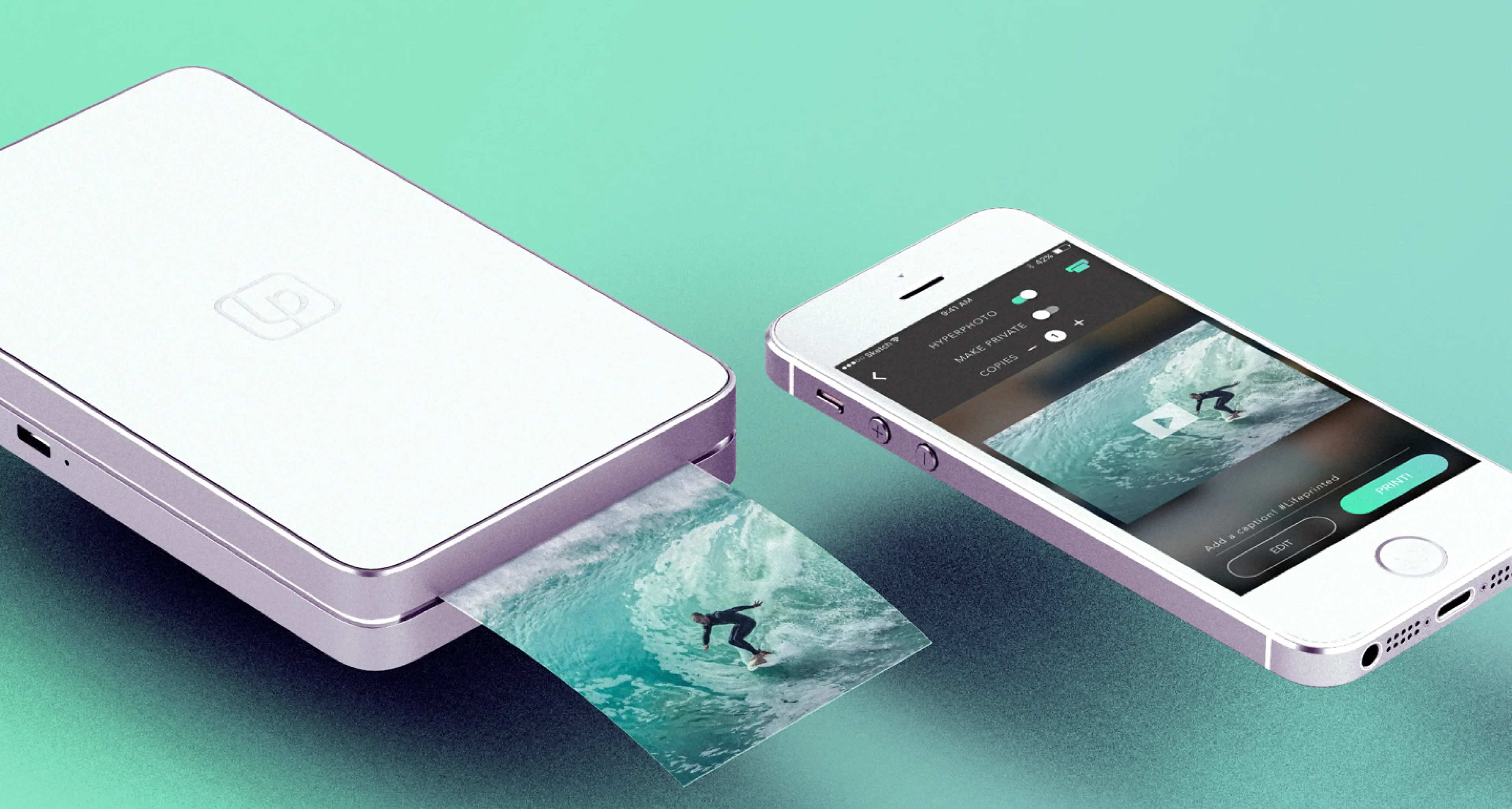
Lifeprint had an idea that they wanted to convert into a demoable POC to raise funding and build the product into a global success.
We developed the native iOS and Android apps to support the Lifeprint printer and later scaled them to support the AR feature. We also modified the printer module architecture to handle seamless transitions from WiFi to Bluetooth and vice versa.
The client successfully secured $300k+ seed funding with Kickstarter and Indiegogo at the initial stages of the product journey. Later on, Lifeprint became Apple’s retail partner, secured Warner Bros Harry Potter license, and successfully launched the app globally, including China.
AR Photo & Video Printer
In this age of digitalisation, the art of taking, printing and sharing photos and preserving our memories in photo albums has been lost. While we take and share photos and videos all the time, we lose them as easily as we take them. Our collections are fragmented across our phone camera rolls, cloud storage and social media applications and remain inaccessible to those outside those networks. LifePrint wanted to bring back the magic of sitting together and enjoying a photo album with friends and family back into the mainstream by reimagining it as an augmented reality experience. Their goal was to ‘be able to take an Apple Live Photo or a GoPro video and print it seamlessly for your loved ones to enjoy together’.
Lifeprint lets you share and experience digital content like it’s 1999 - but with a totally new twist!Lifeprint is a socially connected, portable, Wifi and Bluetooth photo printer that helps users share and preserve memories with friends, family and loved ones. Apart from social features, its companion Android and iOS mobile apps allow users to make and share Augmented Reality experiences from their photos and videos with themed masks and filters from the beloved Harry Potter wizarding world.
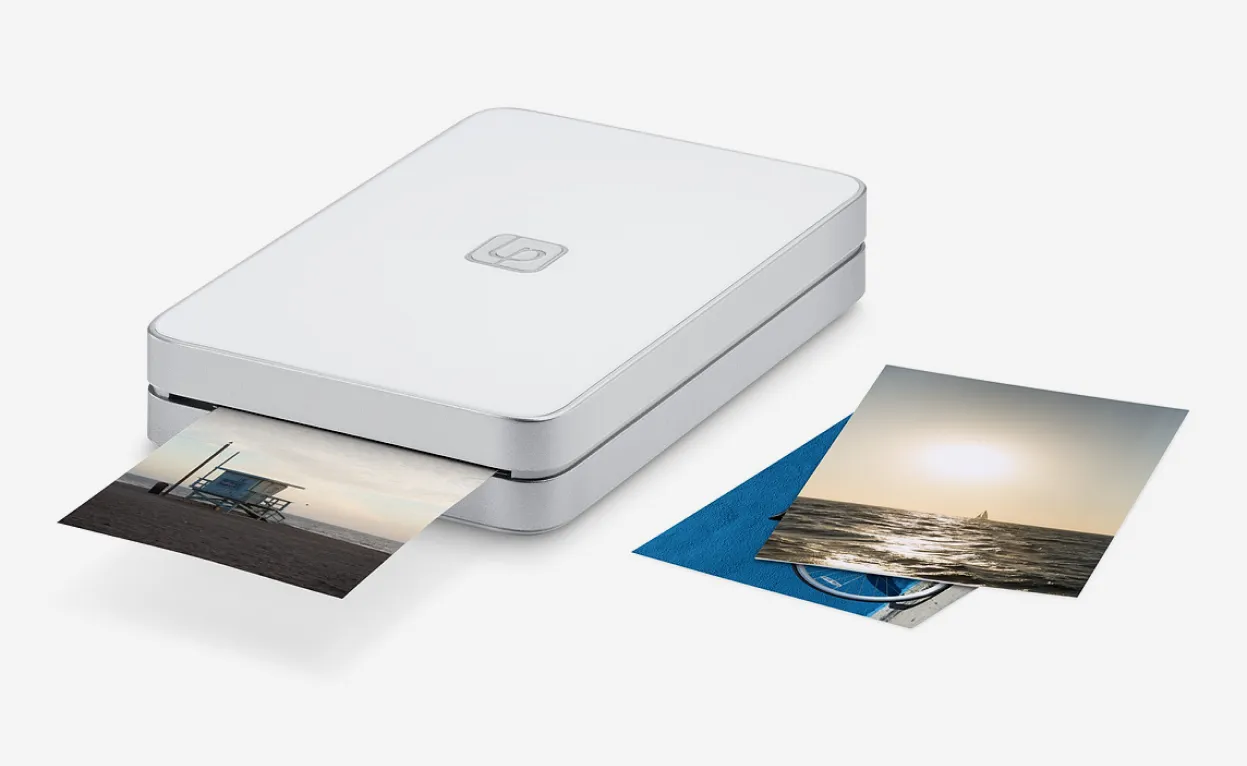
Tintash helped Lifeprint achieve this goal by building a demoable application for highly successful Kickstarter and Indiegogo campaigns that landed more than $300K worth of seed funding. This enabled Lifeprint to raise the capital to manufacture and develop their product and to nurture a passionate photo sharing community. Subsequently Tintash architected the cloud infrastructure and mobile apps that allowed Lifeprint to become an Apple global retail partner. This culminated in Warner Bros agreeing to license the Harry Potter brand to Lifeprint and allowed Tintash to create a set of themed printers and applications.
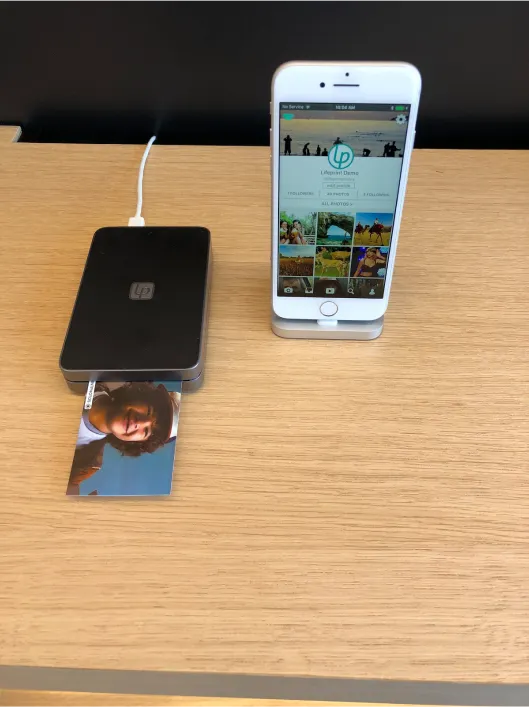

Our partnership with Lifeprint spanned over a number of years and in the course of this time, we worked on different feature sets for them during different phases. Each of these phases had individual set of milestones that we helped them achieve.
Lifeprint came to us with a vision of bringing back the value of preserving memories through printed photographs. Their idea was to create an app that enables users to take pictures and videos from theirs cell phones, and print them anywhere and anytime using the Lifeprint printer. We worked with them from the inception of the product, till the end of the successful POC built; helping them in planning and scoping out the app functionality, defining user flows, prototyping and developing the app. The final POC allowed users to print images and videos, from a pre-existing gallery in the Lifeprint app, through the Lifeprint printer using bluetooth connectivity. Users could play the printed videos on their mobile screens by scanning them through the app. Lifeprint was successfully able to use the POC we built to raise seed funding in their Kickstarter campaigns.
After raising funding from Kickstarter and Indiegogo, Lifeprint was successful in landing an executive meeting with Apple to demo their product - the Lifeprint app and printer. For the demo, we started working on scaling the app to support reliable printing and scanning of the user generated content. It was important to not only have a reliable printing module which served the core functionality of printing, but also have an equally reliable and robust scanning module to provide the best experience possible to the users as a whole. To achieve this, we created a state machine for printing module, and an image recognition and playback experience which could support recognition of thousands of distinctuser images in a timely manner.
To make the app more engaging, we created the Lifeprint social network within the app where people could share, comment, Like photos and were able to print and scan those shared photos. The app also allowed users to fetch content from their Facebook, Twitter and Instagram albums
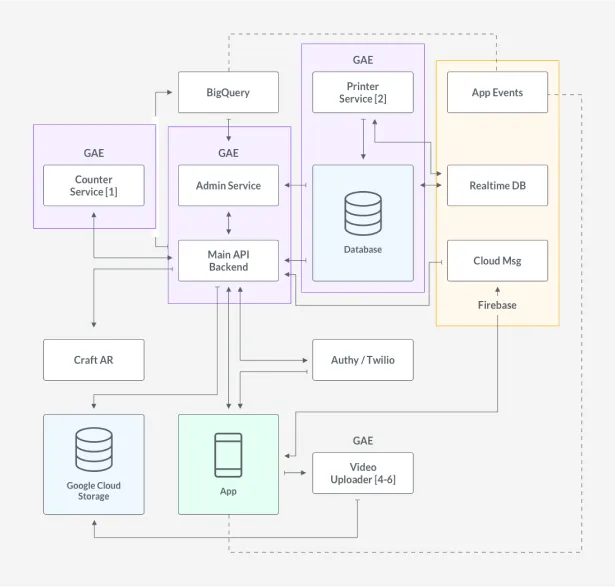
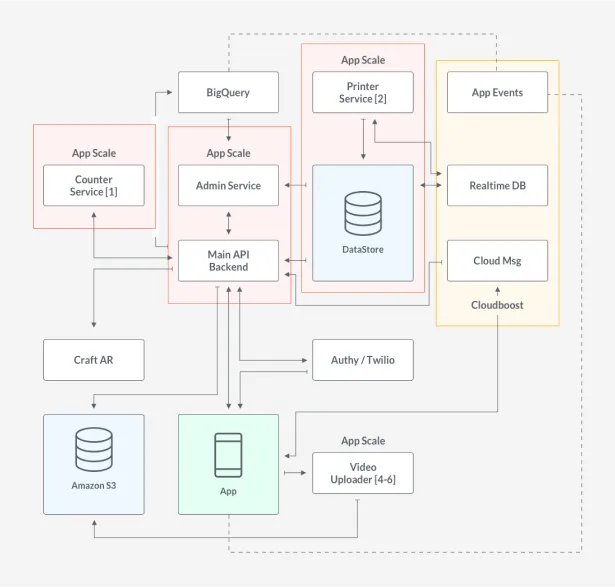
After becoming an Apple retail partner it was important that the app be available globally, and this meant targeting China as well. China was a major market that Lifeprint wanted to tap into but China’s firewall policy, blocking most of the Google cloud services that Lifeprint app relied upon, posed a huge challenge for Lifeprint. As a solution to that, we deployed the same python codebase to the AWS and app scale infrastructure to cater to the Chinese users. This single code multiple deployment environments infrastructure allowed us to produce a code that was easily scalable and maintainable and would work globally as well. Updating the infrastructure meant that the overall architecture of the app also needed to be updated. The diagrams below show a comparison of the different modules of the service architecture based on region the app is being used in.
We also worked on scaling our AR experience during this phase. Using new AR library (CraftAR), we were successful in enabling users to scan their desired content from within more than a million user generated images in just a few milliseconds.
During this phase, Lifeprint launched a new printer model which allowed users to connect to the app using not only Bluetooth, but WiFi connectivity as well. This update required us to make changes to the printer module architecture of the app in order to handle WiFi to Bluetooth, and vice-versa, transitions seamlessly. This was a complex challenge given the possibilities of data corruption and undefined states during the handoff. We used a comprehensive state machine pattern to avoid such situations.
Lifeprint won Harry Potter themed printer branding rights from Warner Bros and launched a printer model that allowed the users to unlock Harry Potter theme and content inside the app by simply connecting to this printer. Harry Potter theme implementation required us to build considerable updates to overall application’s user interface and user experience design, exploring and implementing hardware based content unlocking. We used firebase to update user data in real-time and added a theme engine using protocol oriented programming (PoP) to handle all the UI/UX updates as soon as user connected to a harry potter printer.
